Home>Furniture>Living Room Furniture>How To Plump Up Sofa Cushions
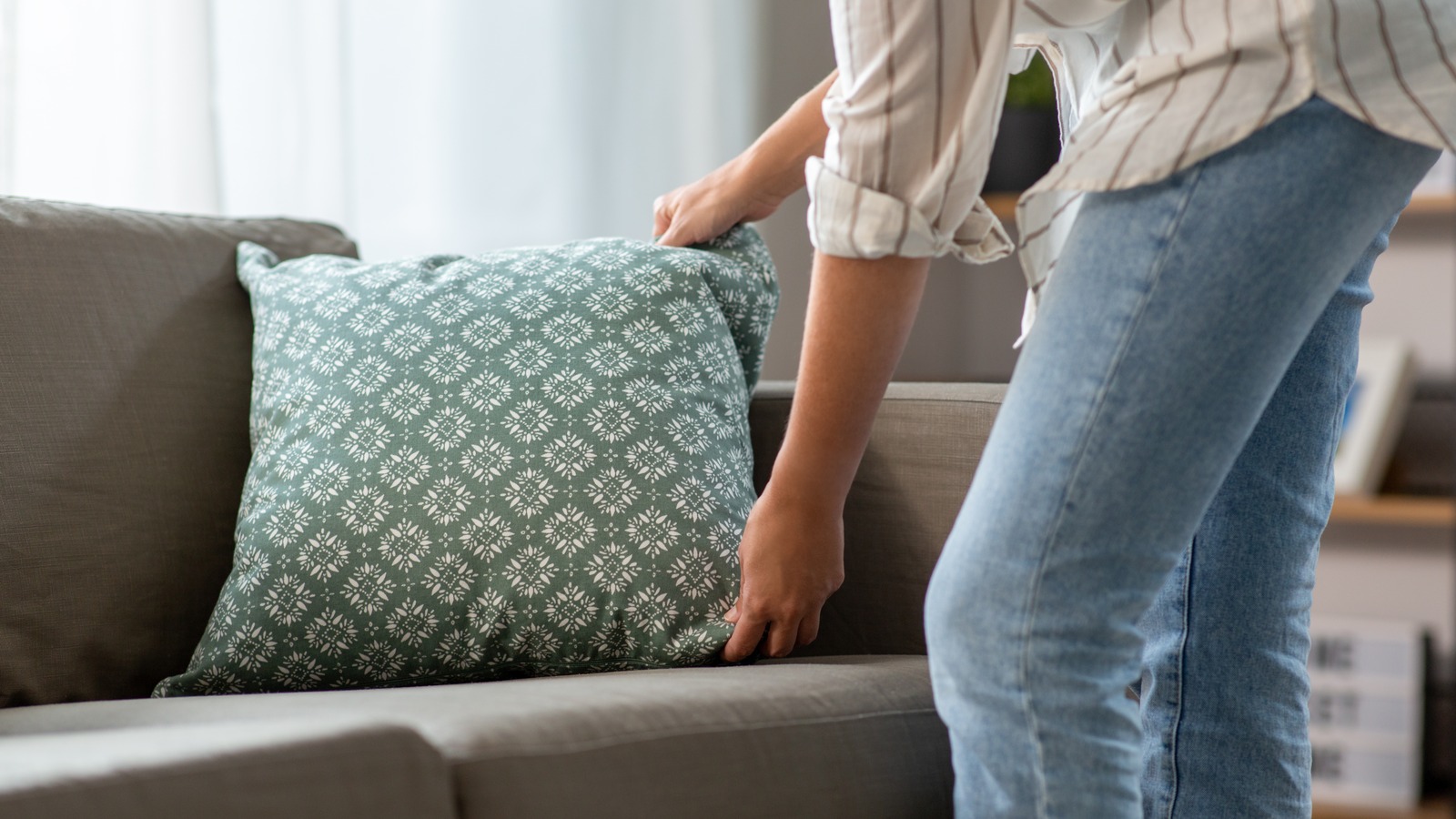

Living Room Furniture
How To Plump Up Sofa Cushions
Modified: March 16, 2024
Learn how to plump up your sofa cushions and rejuvenate your living room furniture with our easy-to-follow guide. Transform your seating experience today!
(Many of the links in this article redirect to a specific reviewed product. Your purchase of these products through affiliate links helps to generate commission for Storables.com, at no extra cost. Learn more)
Introduction
There’s nothing quite like sinking into a plush sofa at the end of a long day. The comfort and coziness it provides can instantly relax and rejuvenate you. However, over time, you may notice that your sofa cushions start to lose their plumpness. They become flat, lumpy, and less supportive, compromising the overall comfort of your favorite living room spot.
But fear not! It’s entirely possible to bring back the plumpness and revive your sofa cushions. In this article, we will explore the reasons why sofa cushions lose their plumpness and share effective methods to restore them to their former fluffy glory. So, if you’re ready to transform your sagging cushions and reclaim the ultimate comfort, read on!
Key Takeaways:
- Bring back the cozy! Regularly fluff and rotate your sofa cushions to restore their plumpness and maintain their comfort. It’s an easy DIY way to keep your living room seating inviting and snug.
- Keep it plump! Consider using cushion inserts to effortlessly enhance the comfort of your sofa cushions. Choose the right size and material for a quick and hassle-free plumping solution.
Read more: How To Freshen Sofa Cushions
Why Sofa Cushions Lose Their Plumpness
Understanding why sofa cushions lose their plumpness is crucial for finding the best solution to restore them. There are several factors that contribute to this common problem:
- Daily Use: Regular use of your sofa leads to compression of the cushion fillings. Over time, this constant pressure causes the cushions to lose their shape and become less resilient.
- Wear and Tear: As your sofa cushions age, the fabric covering may become worn or stretched. This can result in a loose fit and decreased support for the fillings, leading to a loss of plumpness.
- Quality of Fillings: The type and quality of the cushion fillings play a significant role in their longevity. Low-quality or insufficient filling material can break down more quickly, causing the cushions to flatten and lose their plumpness faster.
- Improper Maintenance: Neglecting regular maintenance, such as fluffing and rotating the cushions, can accelerate the loss of plumpness. Without proper care, the fillings may become compacted and lose their ability to regain their shape.
- Moisture and Humidity: Excessive moisture and humidity in the environment can impact the integrity of the cushion fillings. They can absorb moisture, leading to sagging and a loss of plumpness over time.
Now that we understand the reasons why sofa cushions lose their plumpness, let’s explore the methods to effectively address this issue and restore your cushions to their original, comfortable state.
Methods to Plump Up Sofa Cushions
When your sofa cushions start to lose their plumpness, there are several methods you can try to revive them. These techniques range from simple fluffing and rotating to adding extra stuffing or using cushion inserts. Let’s dive into each method in detail:
- Fluffing and Rotating Cushions: One of the easiest and most effective methods is to regularly fluff and rotate the cushions. Simply remove the cushions from the sofa and vigorously shake them to redistribute the filling. Additionally, rotate the cushions to ensure even wear and pressure distribution.
- Adding Extra Stuffing: If your cushions have lost a significant amount of plumpness, you can consider adding extra stuffing to restore their shape. This can be done by unzipping the cushion covers and inserting foam or polyester fiberfill into the cushions. Be mindful not to overstuff, as it can lead to an uncomfortable and unnatural shape.
- Using Cushion Inserts: Another option is to invest in cushion inserts specifically designed to enhance plumpness. These inserts are available in various sizes and materials, such as foam or down-filled inserts. Simply place them inside the cushion covers to provide extra support and plumpness.
- Optimizing Cushion Maintenance: Proper maintenance is key to preventing further loss of plumpness. Make sure to regularly fluff and rotate your cushions, as well as vacuum them to remove any debris or dust that can cause compression. Additionally, avoid exposing your sofa to excessive moisture or direct sunlight, as they can accelerate cushion deterioration.
By implementing these methods, you can significantly improve the plumpness and comfort of your sofa cushions. Experiment with different techniques to find the one that works best for your specific cushions and preferences.
Fluffing and Rotating Cushions
Fluffing and rotating your sofa cushions is a simple yet effective method to restore their plumpness. This technique helps redistribute the filling and prevents uneven wear and tear. Follow these steps to properly fluff and rotate your cushions:
- First, remove the cushions from your sofa and place them on a clean and flat surface.
- Gently pat the cushions to remove any loose dirt or debris. You can also use a vacuum cleaner with a soft brush attachment to remove dust and particles.
- Hold each cushion by opposite corners and give it a vigorous shake. This helps loosen up the filling and allows it to regain its natural shape.
- Next, flip and rotate the cushions. For square or rectangular cushions, rotate them 180 degrees, so the side that was facing forward is now facing backward. If you have T-shaped cushions, switch their positions to ensure even wear.
- Place the cushions back onto the sofa, making sure they fit snugly and evenly.
- Repeat this process every few weeks or as needed to maintain the plumpness of your sofa cushions.
Fluffing and rotating your cushions not only restores their plumpness but also helps prolong their lifespan. By redistributing the filling and ensuring even wear, you can prevent specific areas from becoming flattened or lumpy over time.
Regularly practicing this method also allows you to assess the condition of your cushions. If you notice any signs of wear, such as excessive sagging or compacted filling, it may be time to consider other plumping methods, such as adding extra stuffing or using cushion inserts.
Remember, a little TLC goes a long way in maintaining the comfort and appearance of your sofa cushions. So, make fluffing and rotating a part of your regular cushion care routine to enjoy plump and cozy seating for years to come.
To plump up sofa cushions, try fluffing them by hand or using a vacuum with a brush attachment to restore their shape. You can also rotate and flip the cushions regularly to prevent them from getting flattened in one spot.
Adding Extra Stuffing
If your sofa cushions have significantly lost their plumpness, adding extra stuffing can help revive them. This method involves inserting additional filling material to restore their shape and support. Follow these steps to effectively add extra stuffing to your cushions:
- Start by unzipping the cushion covers. Most sofa cushions have a zipper, allowing easy access to the filling inside.
- Once you have access to the filling, assess the level of plumpness and identify areas that need extra support.
- Choose a suitable filling material for your cushions. Foam or polyester fiberfill are commonly used options. Foam provides firm support, while fiberfill offers a softer feel.
- Take small handfuls or pieces of the filling material and gently stuff it into the areas that need plumping. Start with small amounts and gradually add more as needed.
- Spread the filling evenly and avoid overstuffing, as it can result in an uneven and uncomfortable cushion shape.
- Ensure that the filling is evenly distributed and there are no lumps or clumps.
- Zip up the cushion covers, making sure they fit snugly and securely.
By adding extra stuffing, you provide additional support and volume to your cushions, restoring their plumpness and comfort. This method is particularly useful for cushions with worn-out filling or those that have been flattened over time due to heavy use.
It’s important to note that not all cushions can be easily opened and stuffed. Some may have sewn-in filling or be permanently sealed. In such cases, consider using cushion inserts as an alternative method to add extra plumpness.
Adding extra stuffing is a cost-effective way to revive your sofa cushions and extend their lifespan. It’s a DIY solution that allows you to customize the level of plumpness according to your preferences. With a little time and effort, your cushions can once again offer the perfect balance of support and comfort.
Read more: How To Arrange Cushions On Sofa
Using Cushion Inserts
If you’re looking for a convenient and hassle-free way to plump up your sofa cushions, using cushion inserts is an excellent option. These ready-made inserts are designed to provide added support and volume, helping to restore the plumpness of your cushions. Here’s how you can use cushion inserts effectively:
- Determine the size and shape of your sofa cushions. Measure the dimensions to ensure you select the appropriate cushion inserts.
- Choose the type of cushion inserts that best suit your needs. There are various options available, including foam inserts, down-filled inserts, and polyester fiber inserts. Each offers different levels of firmness and comfort.
- Remove the cushion covers from your sofa. In most cases, the covers can be easily unzipped or removed for inserting the cushion inserts.
- Take the cushion inserts and carefully place them inside the cushion covers. Make sure they fit snugly and reach all corners of the covers.
- Adjust the position of the inserts as necessary to achieve the desired level of plumpness. You can manipulate the inserts to create a more rounded or fuller look.
- Once the inserts are properly positioned, zip up or secure the cushion covers to hold the inserts in place.
- Repeat this process for each cushion that needs plumping.
Using cushion inserts offers a quick and effective solution for restoring the plumpness of your sofa cushions. These inserts provide consistent support and help maintain the cushions’ shape over time.
Cushion inserts are available in various sizes and materials, allowing you to find the perfect fit for your cushions. Whether you prefer a firmer or softer feel, there’s an insert option that can meet your comfort preferences.
Additionally, cushion inserts are relatively low-maintenance. They require less fluffing and adjusting compared to traditional fillings, making them a convenient choice for busy households.
By using cushion inserts, you can effortlessly enhance the plumpness and comfort of your sofa cushions, ensuring a cozy and inviting seating experience for you and your guests.
Optimizing Cushion Maintenance
Proper maintenance is key to preserving the plumpness and longevity of your sofa cushions. By implementing regular care practices, you can prevent premature flattening and ensure that your cushions remain comfortable and supportive over time. Here are some tips to optimize cushion maintenance:
- Fluff and rotate regularly: Make it a habit to fluff and rotate your cushions frequently. This helps redistribute the filling and prevent uneven wear. Aim to do this at least once a week or as needed.
- Vacuum: Use a vacuum cleaner with a soft brush attachment to gently vacuum your cushions. This will remove any loose dirt, dust, or debris that can cause compression and affect the plumpness.
- Spot cleaning: Address spills and stains promptly by spot cleaning the affected area. Follow the manufacturer’s instructions or use a mild detergent and a soft cloth to gently clean the spot. Avoid using excessive water or rubbing vigorously, as it can damage the fabric and the cushion fillings.
- Protect from direct sunlight: Prolonged exposure to direct sunlight can cause the fabric and cushion fillings to fade and deteriorate. Position your sofa away from windows or use curtains, blinds, or window films to block out harsh sunlight.
- Control humidity: Excessive moisture and humidity can lead to damp cushions, which can result in mold, mildew, and a loss of plumpness. Use dehumidifiers or air conditioners to maintain optimal humidity levels in your living room.
- Avoid jumping or sitting on the arms: Discourage family members or guests from sitting or jumping on the arms of the sofa. This can cause excessive pressure on the cushions and lead to uneven flattening over time.
- Consider using cushion covers: Adding removable and washable cushion covers can protect your cushions from spills, stains, and excessive wear. These covers can be easily cleaned or replaced, extending the lifespan of your cushions.
By following these maintenance tips, you can extend the life of your sofa cushions and keep them plump and comfortable for years to come. Regular care and attention not only preserve their appearance and shape but also enhance your overall seating experience.
Remember, prevention is key when it comes to maintaining plump cushions. By incorporating these maintenance practices into your routine, you can enjoy the full benefits of your sofa and ensure that it remains a cozy and inviting spot in your living room.
Conclusion
Reviving the plumpness of your sofa cushions is not only possible but also essential for maintaining their comfort and appeal. Over time, cushions can lose their shape and become flat, lumpy, and unsupportive. However, by implementing the methods discussed in this article, you can bring back their former glory and enjoy cozy seating once again.
Whether you choose to fluff and rotate your cushions, add extra stuffing, use cushion inserts, or optimize cushion maintenance, each method offers a unique approach to restoring plumpness. The key is to assess the condition of your cushions and choose the method that best suits your needs and preferences.
Regular maintenance is crucial in preventing the premature loss of plumpness. By incorporating simple practices such as fluffing, rotating, vacuuming, and spot cleaning, you can prolong the life of your cushions and ensure their long-lasting comfort.
Remember that the quality of your sofa cushions plays a significant role in their durability. Investing in high-quality fillings and cushion materials can help resist flattening and maintain support for a longer period.
So, if you’ve noticed your sofa cushions losing their plumpness, don’t despair. Take action by trying the methods mentioned in this article, and you’ll be able to revive their plushness and transform your living room into a cozy sanctuary once more.
With a little effort and regular care, your sofa cushions will continue to provide the ultimate comfort and make your living room the perfect place to relax and unwind.
Frequently Asked Questions about How To Plump Up Sofa Cushions
Was this page helpful?
At Storables.com, we guarantee accurate and reliable information. Our content, validated by Expert Board Contributors, is crafted following stringent Editorial Policies. We're committed to providing you with well-researched, expert-backed insights for all your informational needs.
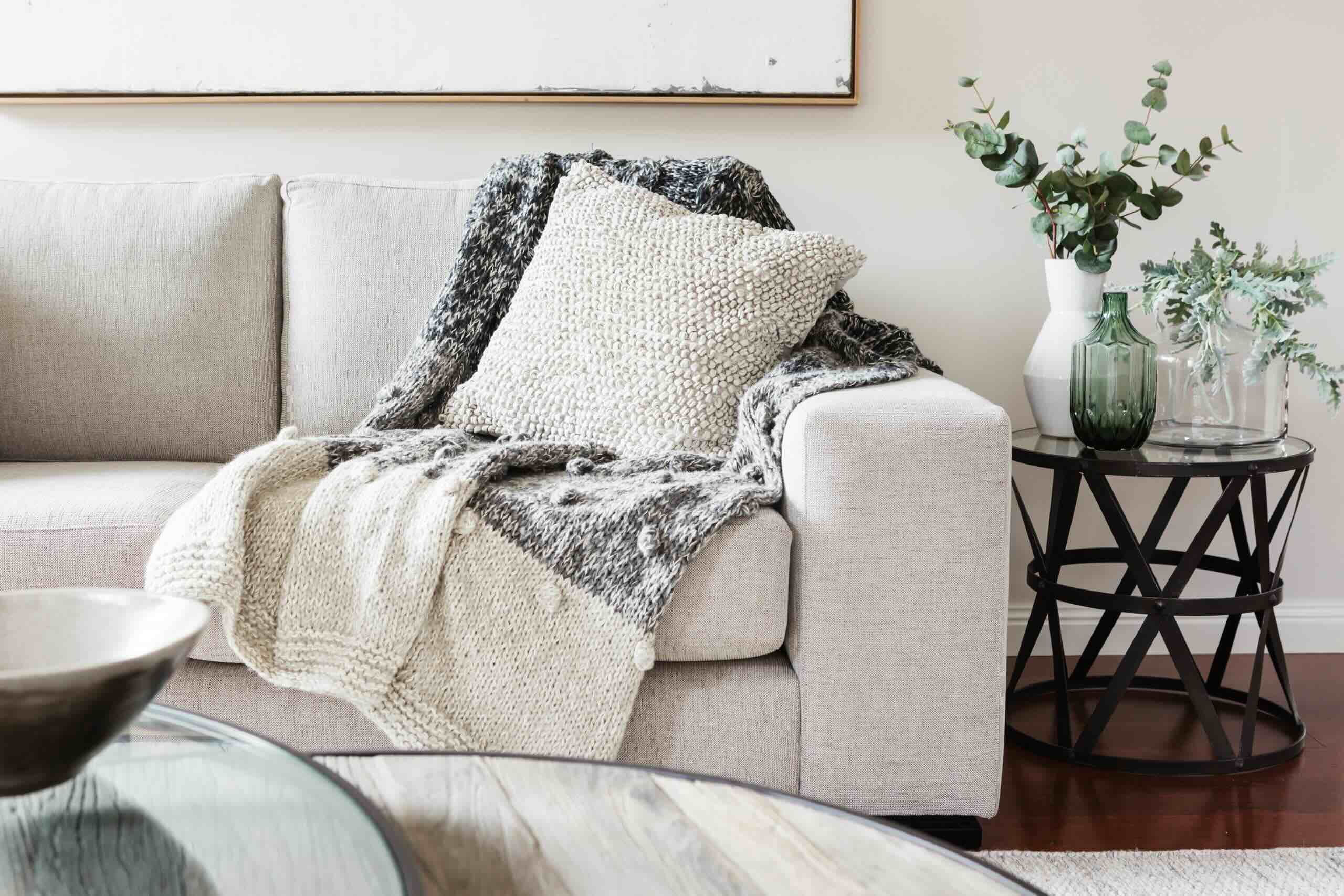
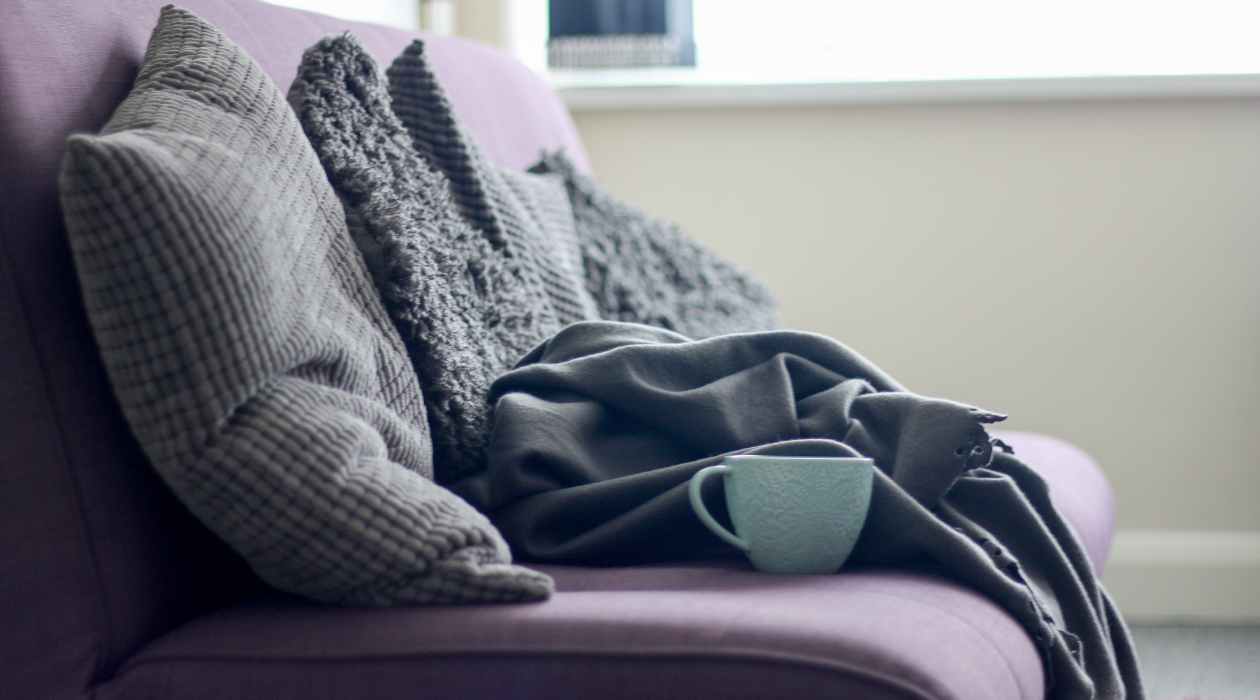

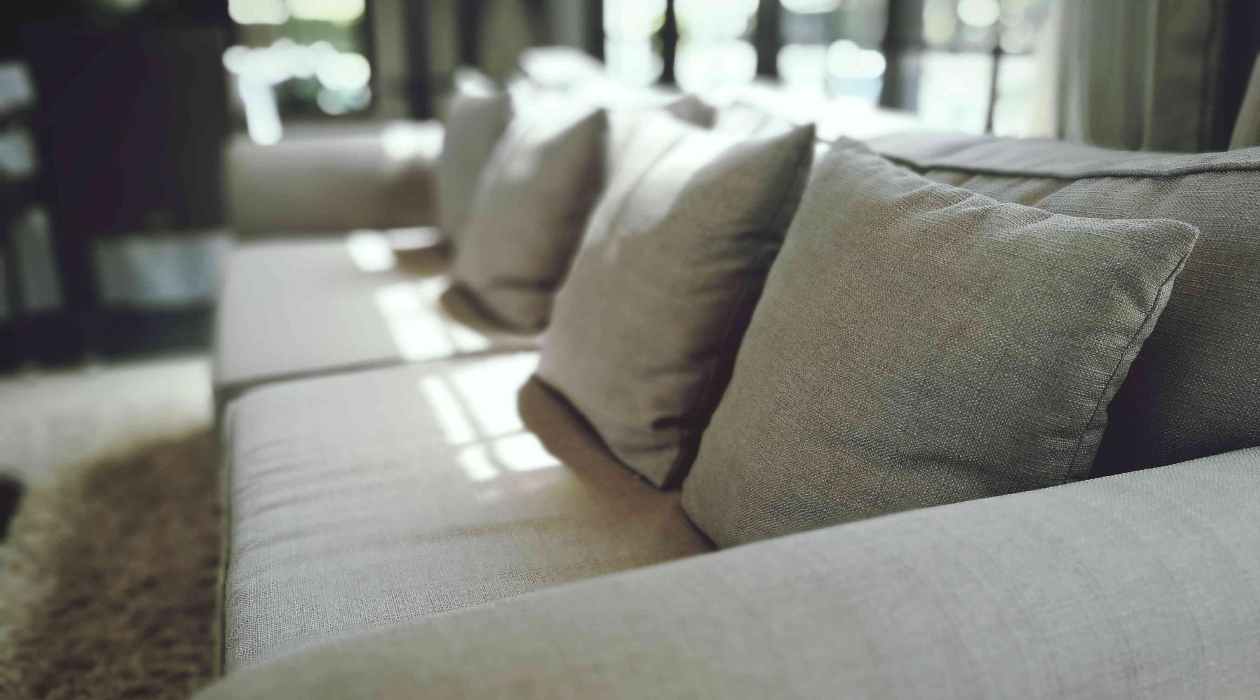

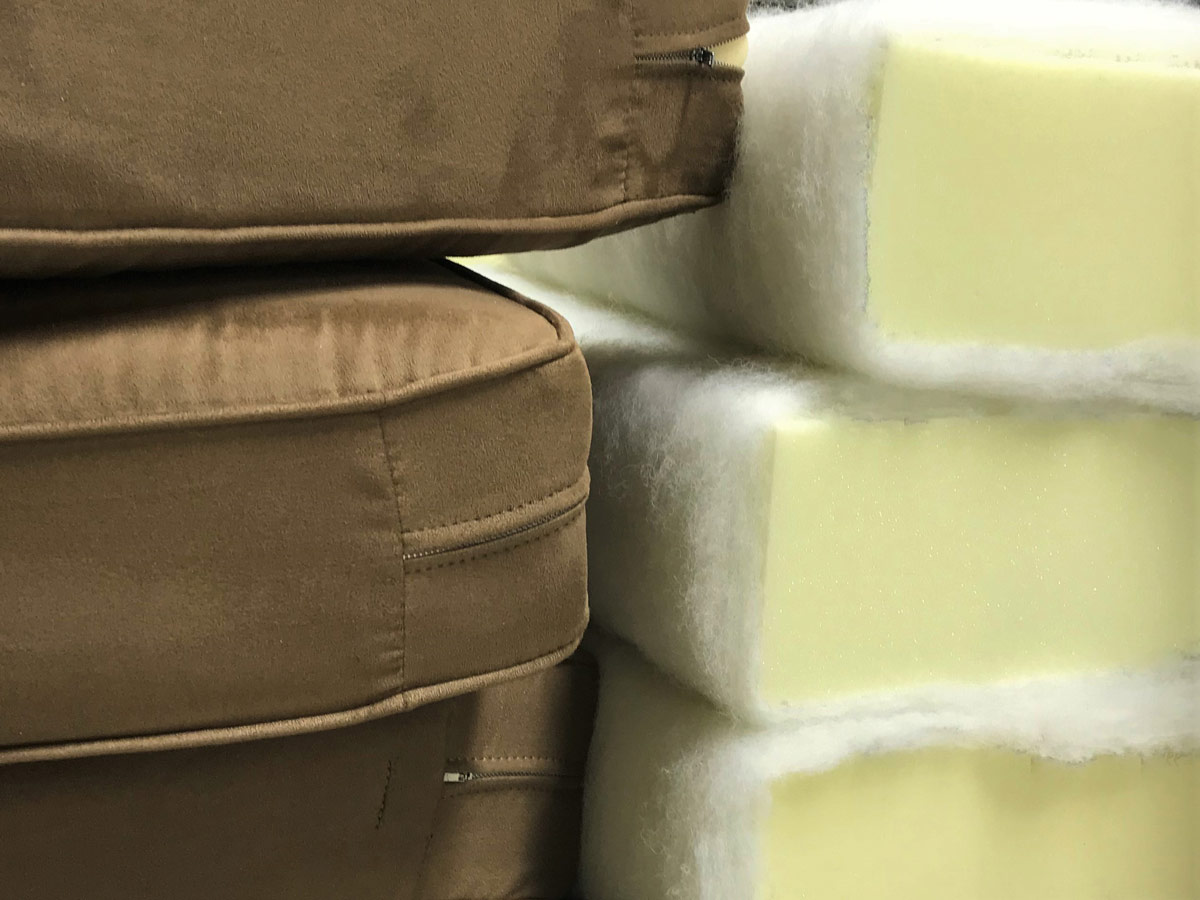
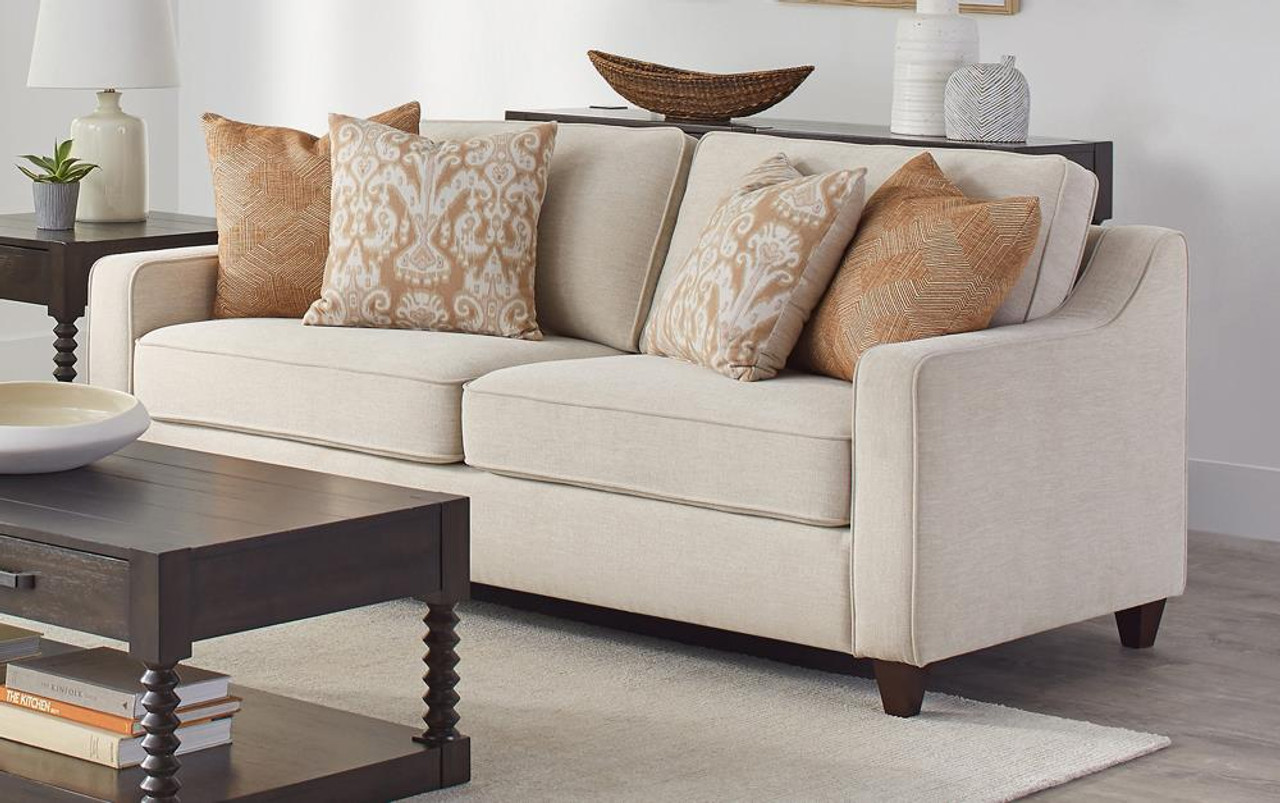
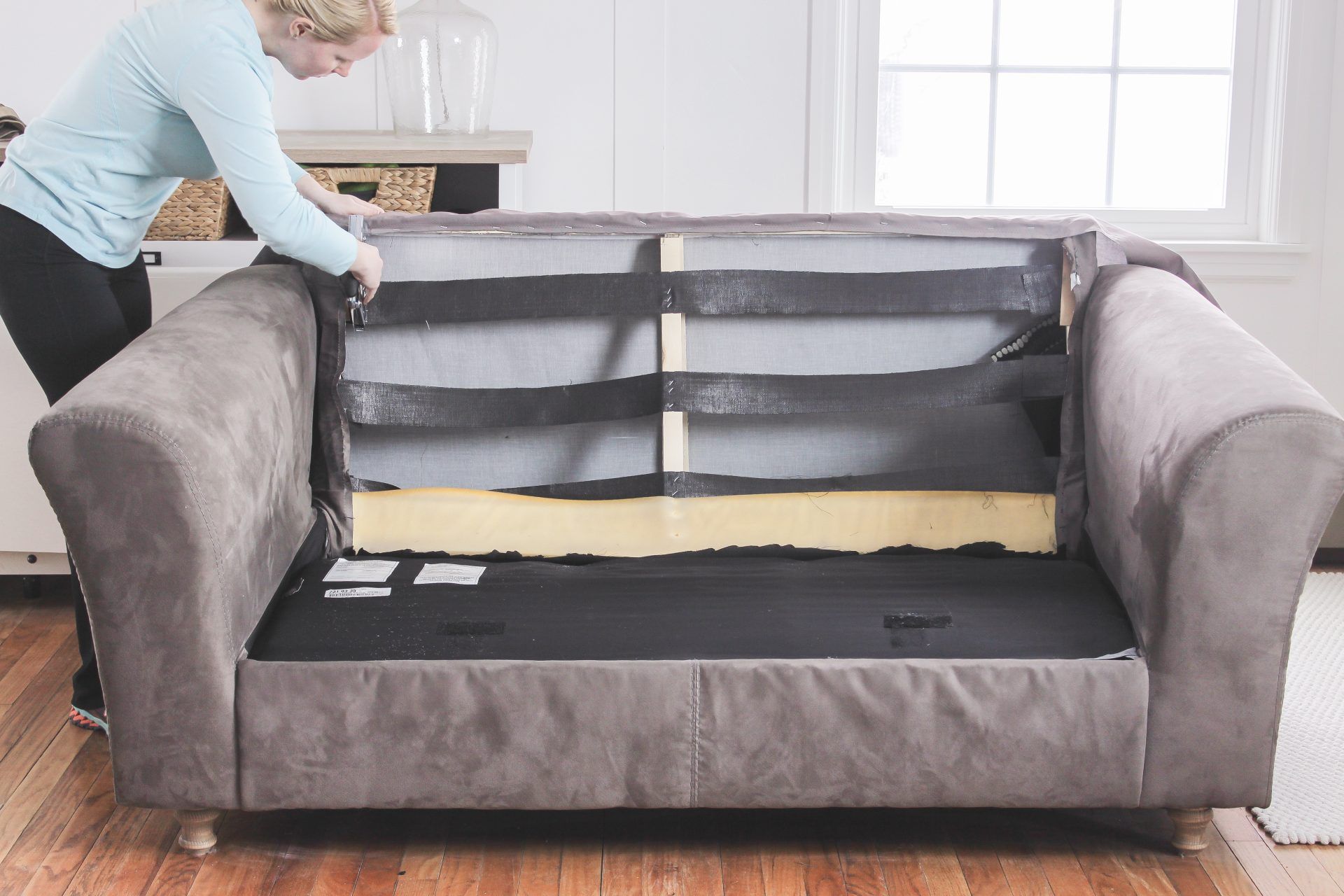
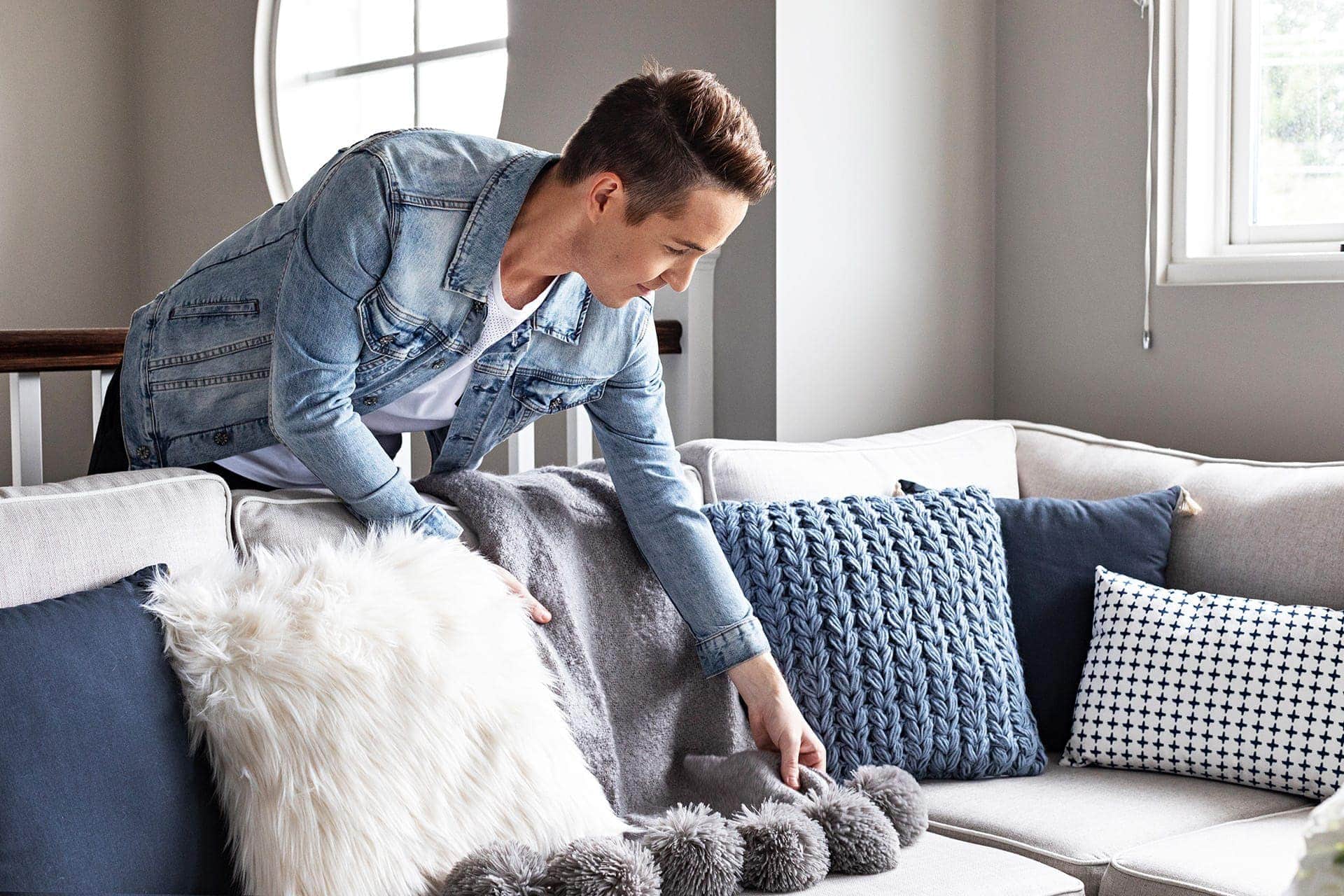


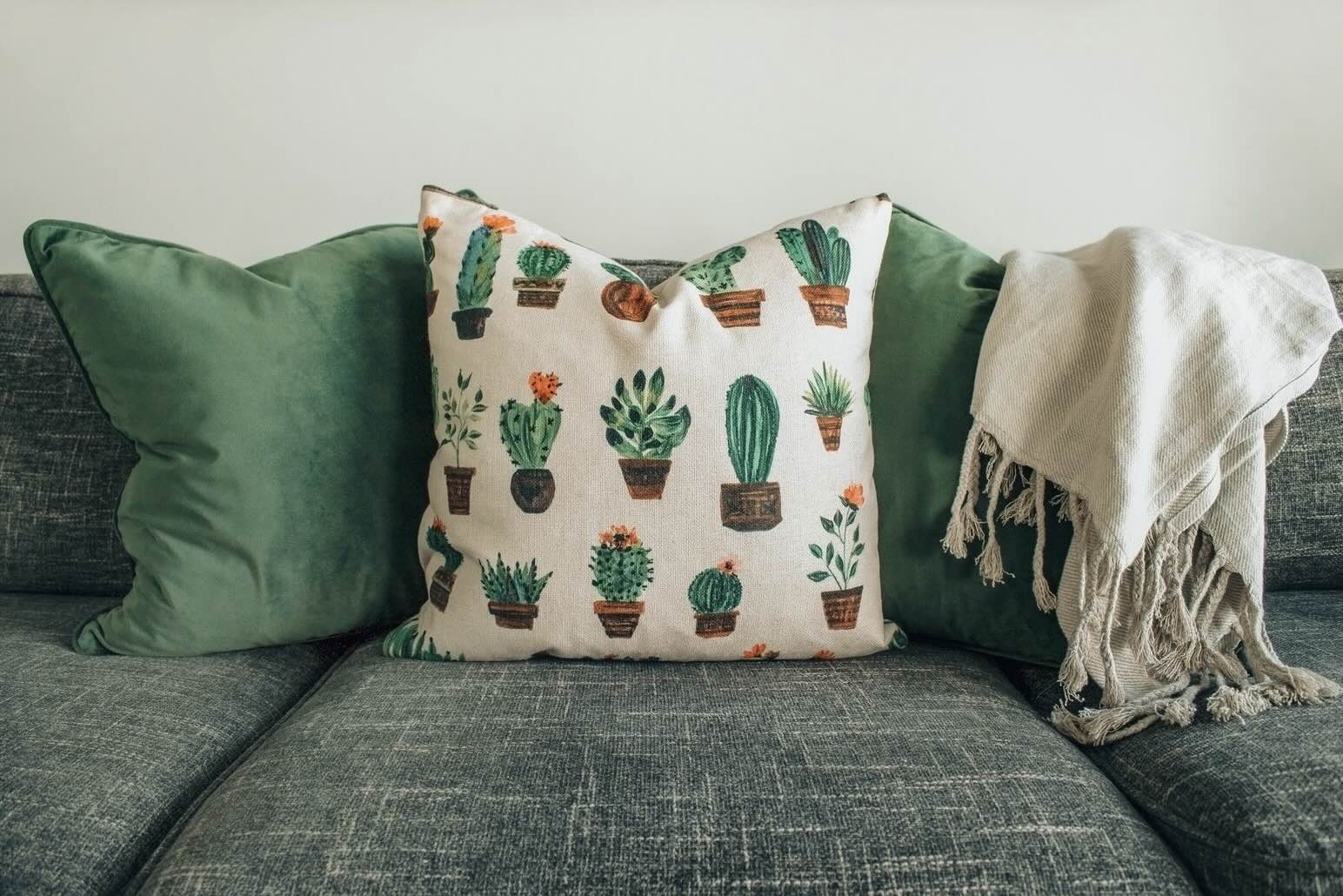
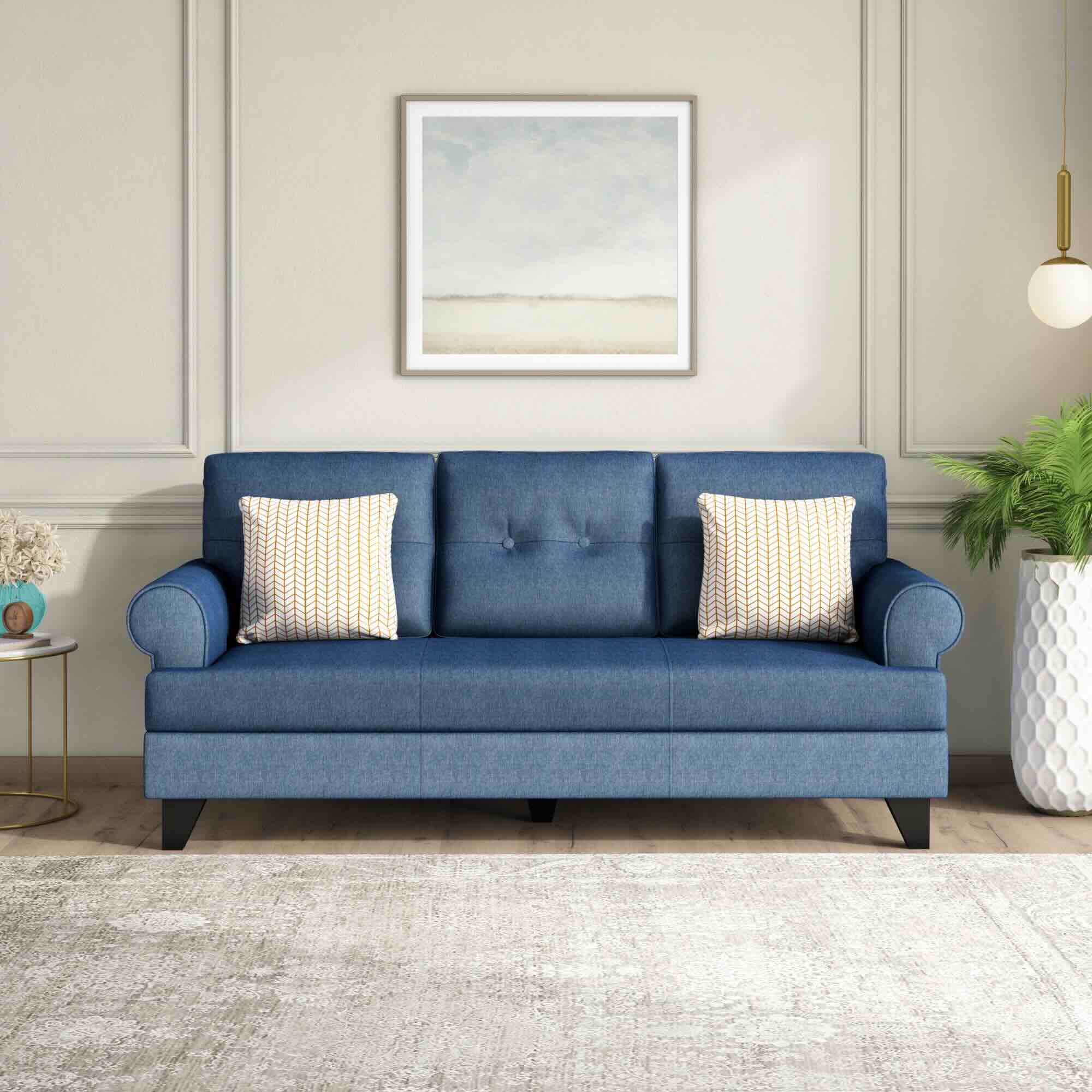
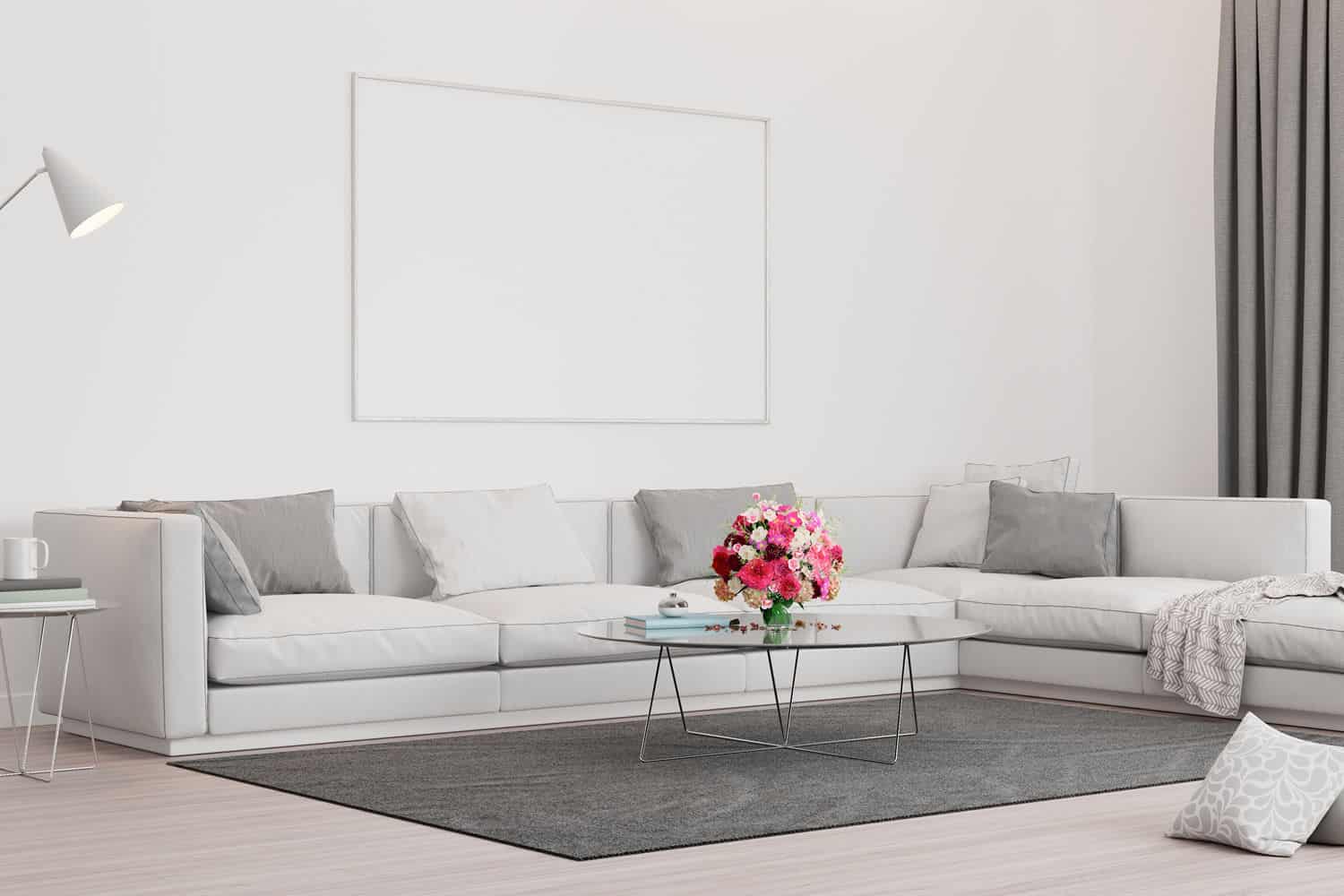

0 thoughts on “How To Plump Up Sofa Cushions”